Blog Post
Design Leadership: The Fundamentals of Good Design
After leading two masterclasses on design and its merge with technology at Pi School’s Annual Event, Duane Smith and Stefane Barbeau guided the first workshop of The Design Leadership Programme series.
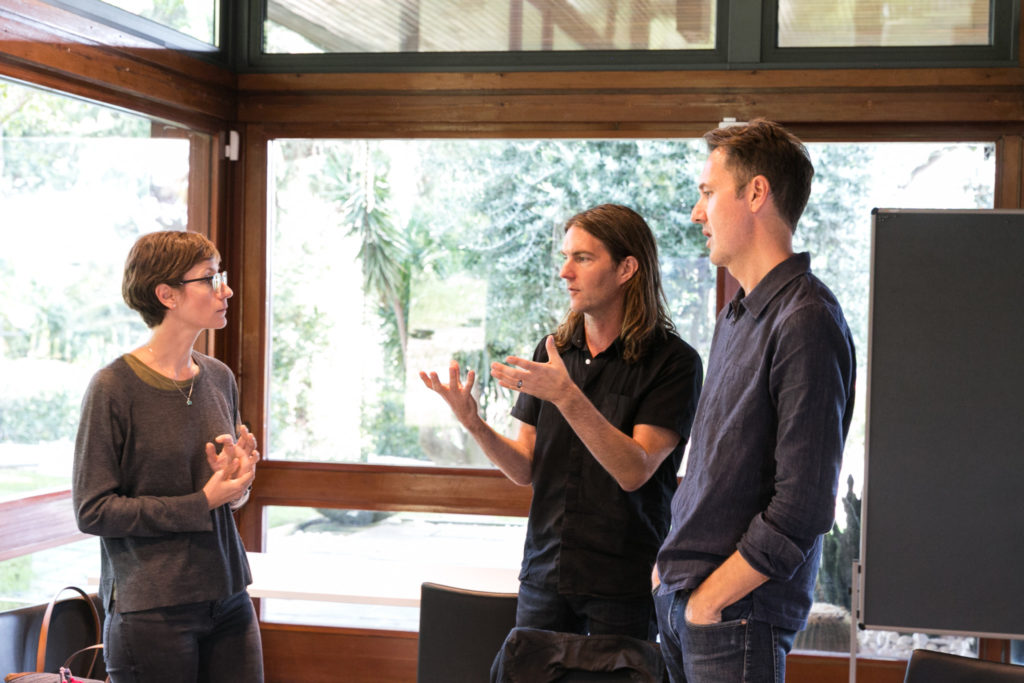
We had a chat about the goal of the workshop and they elaborated on how it is meant to give the participants new ways of approaching and solving a problem and broadening their understanding of design. They spoke about the importance of good design, their personal perspective on it, and the effects that technology has on design.
Throughout our lives, we are constantly and inevitably surrounded by carefully designed environments and products. Everything relies on design because ultimately it has the capacity to form the way we perceive certain things. It is already widely recognized that design is of utmost importance and an extremely valuable tool to companies, but the question we face now is how one can best use design to optimize results and become leaders in the industry. To assess this, we must priorly observe what makes design good in the first place.
“Good Design is a deep consideration for user needs.” - Stefane Barbeau
In his interview, Stefane Barbeau states that every company is loosely made up of three main intentions: altruism, greed, and power. Which aspect the company puts most of their effort in is up to them, but one thing that has become apparent is that when a company cares about their customers and the social impact that they have, they also profoundly care about the quality of the design. This shows that good design should always be empathetic to the human experience.
Good design communicates to consumers and users that they are the primary priority and that the company wants them to feel comfortable with the product, which, in turn, leads to a more sustainable consumer-company relationship.
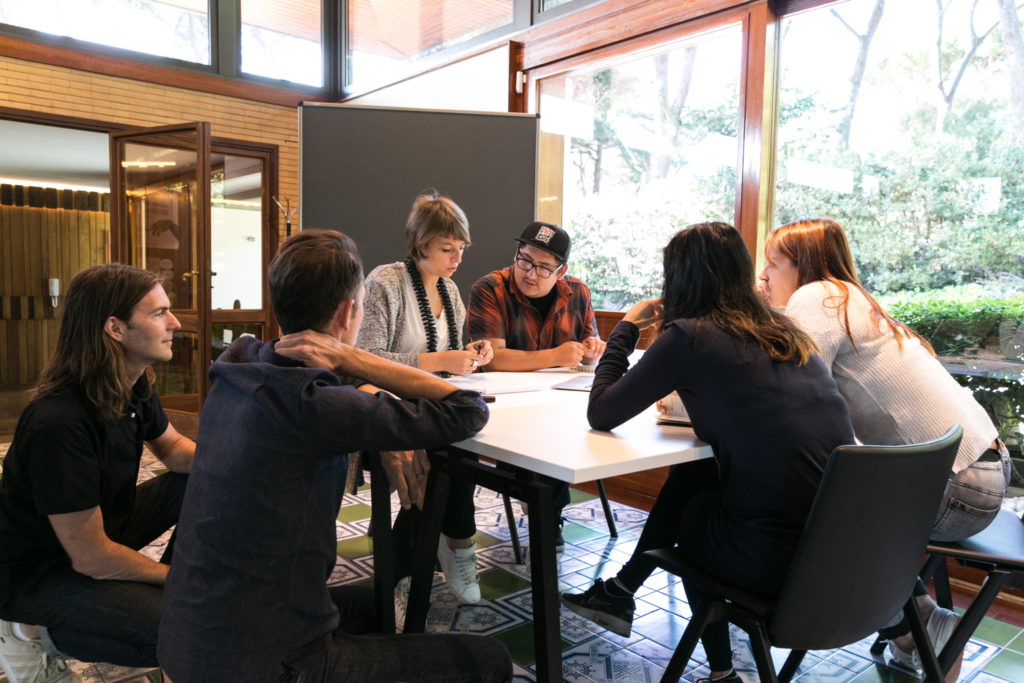
An approach to design that is extremely empathetic and deeply considerate of the users is the Holistic Approach, which Duane and Stefane also believe in because it bridges the gap between traditional design and user experience. Designers that believe in the holistic approach think that every single time the user of a product interacts with it will form an interconnected system of various impressions that affect the user’s entire perception of the product. In a more tangible sense, this means every single touch-point with the product- the first time the user hears of the product, the purchase of the product, the unboxing of the product, the first time the user uses the product, and lastly the moment the user puts the product down, should be designed to be an overall enjoyable experience in order to build a sustainable relationship with the brand. Holistic design encompasses the entire user-experience and does not solely focus on the end-product, as traditional design often tends to do. The holistic approach is characterized by altruism and contributes to good design, which is crucial to our well being.
So how is good design achieved?
“Good Design is a well-conceived plan.” - Duane Smith
First and foremost good design starts with Design Thinking, which is defined as a solution driven, cognitive, and repeatable process that conceptualizes ideas for design to emerge from. With Design Thinking, the designer practices a particular approach to creatively solve problems by fluctuating his attention between his understanding of the problem and the ideas for solutions, generating a symbiotic relationship between the two, in which the problems galvanize ideas for solutions and the solutions lead to a deeper understanding of the problem and so on.
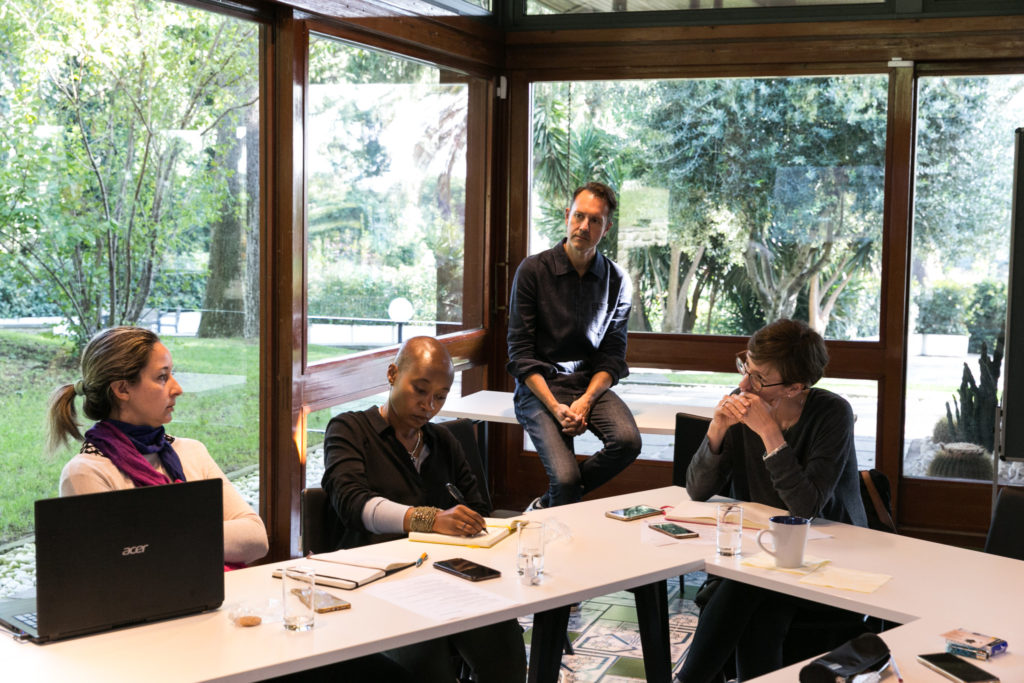
Recently, industries and designers have begun promoting the idea that Design Thinking is applicable to many different realms of work. In the first workshop of our Design Leadership Programme, we had creators from a diverse range of work-fields come to learn about the Design Thinking problem-solving process to bring back to their companies.
“Learning to think like a designer is what separates you from your competitors.” - Stefane Barbeau
There are many phases to the problem-solving process of design that require design thinking. This process usually starts with the inspiration phase in which the designer begins to understand the problems and the potential opportunities the problem can give leeway to. In design, inspiration takes form as a brief, which gives the project team a framework from which to begin. In the first workshop the development of a design brief was thoroughly expanded on and practiced because it is arguably the most helpful tool to start the design thinking process and thus achieving good design. A design brief diagnoses the problem at hand and proposes ways of solving the problem by outlining the aims, objectives, and milestones of a design project.
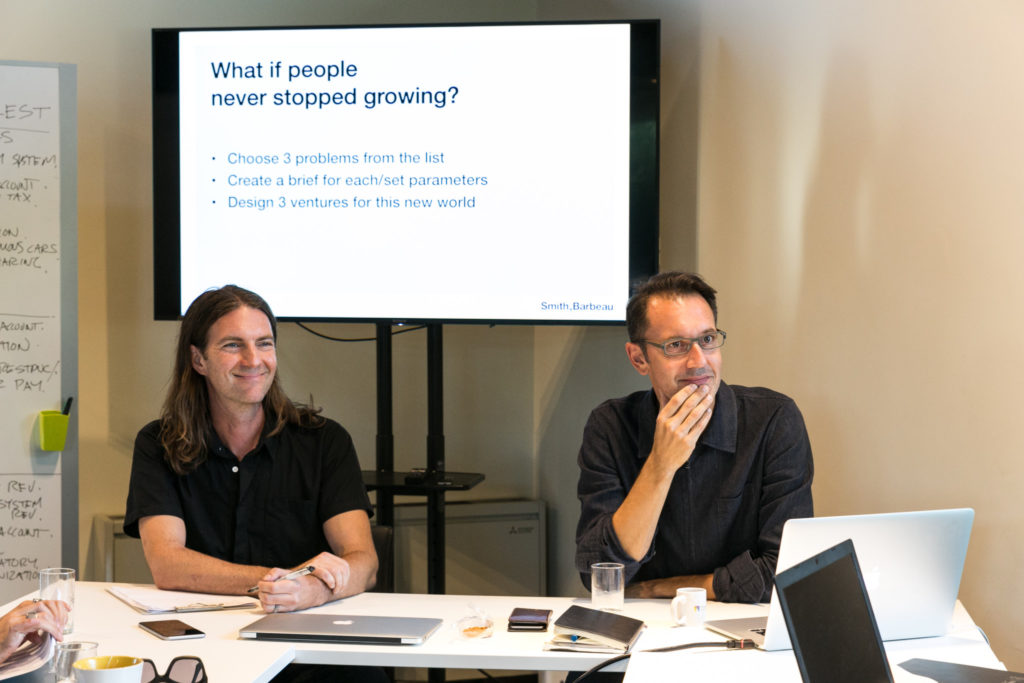
Although Design Thinking is staying mostly stagnant while slightly evolving to improve methodology, the tools used for design are in a perpetual state of exponential development. New technologies like Computer Aided Design Softwared that make 3D modelling easier and more accurate and Artificial Intelligence that lets designers interact with machines in a new way are pushing the boundaries of what was previously possible and alleviating a lot of the design process. So what are the downsides?
“The risk is that the access to tools and new techniques pushes us away from some of the more tangible methods that we as designers have relied on for a long time and should still be relying on in my opinion to maintain some of that human touch, character, and softness that comes from hand exploration.” – Duane Smith
In his interview, Duane elaborates on how losing this sense of human touch because of technology can lead to an estrangement, where the end product looks like it wasn’t even designed by humans. It is easy to get carried away with the new possibilities of design tools that technology has provided, but it is important to not forget the origins of design and sometimes bring it back to the very basics.
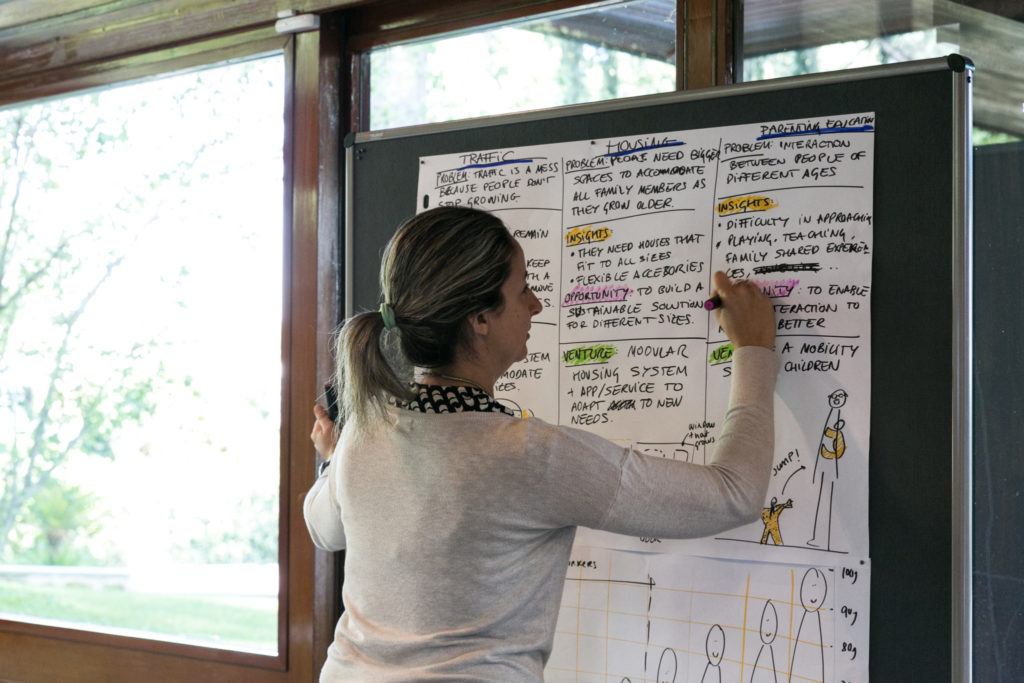
Like previously mentioned, in design the most important aspects to consider are the human and the social impacts. If used unwisely, design can be alienating, yet wisely used, it can actually improve the way we interact with technology. A great example that Stefane gave of this, is the new feature in the most recent IOS, the IOS 12, which shows the user how much screen time they spend on their phones per day and provides the function to limit the usage of certain apps. It is a great example of a company being self- aware enough to identify a problem that their product could cause, and then approaching it creatively to fix the issue, with the best intention for the user.
In conclusion, the Design Thinking Process combined with empathy for the user and a deep consideration for their experiences with the product is ultimately what makes design good and provides a successful business strategy.
Join us at the next workshop in November to learn more about the design process and delve deeper into consumer behavior and trends in order to target the right clientele and evolve the design brief even further.
-

Luisa Beinhold
Social Media Specialist